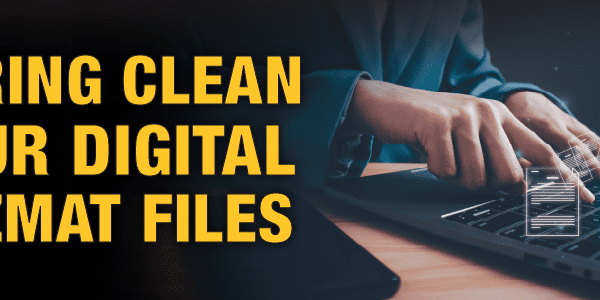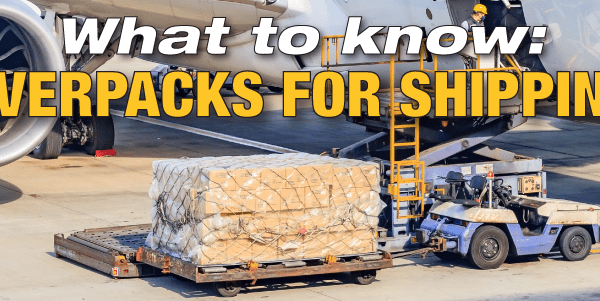Lithium Batteries & Hazard Communication
Welcome back to the Regulatory Helpdesk where we answer your dangerous goods & hazmat questions. Due to the Holiday week, we have only 2 FAQ’s worth sharing.
Check back weekly, the helpdesk rarely hears the same question twice.
More Lithium Batteries
- Q. We want to ship a 63 W-hr lithium ion battery. Are there any issues with packaging 2 or more together in the same container under IATA 2018 and 49CFR? If 2 or more are ok what is the limit?
- A. Under IATA you have 2 options and it will be up to you as the shipper to make the decision as to how to handle your shipment. As you know the 65 w-h battery falls into the excepted type. Now, for IATA that puts you in either Section II or Section IB. By the way, be sure to grab the recently published Addendum!
For Section II batteries there is a change for this year. As per usual, there are several changes to the operator regulations. Also, these batteries cannot be packed in the same outer packaging as any other dangerous goods.
The rest of the section still applies in PI 965. You are not allowed to offer more than 1 package prepared under Section II in any single consignment or shipment.
If you are using an overpack, you can only have one package of these batteries in the overpack. The overpack cannot have any goods classified in Class 1 (explosives) other than Division 1.4S, Division 2.1 (flammable gases), Class 3 (flammable liquids), Division 4.1 (flammable solids) or Division 5.1 (oxidizers) in it which is also a new change for this year. Per Table 965-II you can only have 2 batteries with this rating per package but there is not a weight limit. You would still then have to follow all the packaging, marking and labeling steps in Section II. The new IATA is also “requesting” that the UN number on the new mark be 12 mm high. It isn’t mandatory but it is listed in the new edition.
Technically, you could meet Section IB as the excepted types also fall into that part of the PI as well. This section also had changes. You cannot pack these batteries in the same outer packaging or overpack as those classified in Class 1 (explosives) other than Division 1.4S, Division 2.1 (flammable gases), Class 3 (flammable liquids), Division 4.1 (flammable solids) or Division 5.1 (oxidizers). Also, there are now segregation requirements in the new IATA that should be followed even though they are not mandatory until next year’s edition.
For packaging limits, Table 965-IB allows as many batteries as you want in your outer package until you hit a new quantity of 10 kg in that package. There is also no limit on the number of packages per consignment or overpack. The trade-off is the packaging, marking, labeling and documentation steps under this Section would also have to be followed. The UN number height on the marking applies here as well.
For 49 CFR things are a bit easier. These will fall into the excepted section in 173.185(c) which was updated since I was last with you in February. A copy of the new 173.185 is attached you can also find it online at https://www.ecfr.gov/cgi-bin/text-idx?SID=a66ea5e7014103c874bce5ac2a3c2794&mc=true&node=se49.2.173_1185&rgn=div8. There is no limit to the number of batteries per package, the number of packages per shipment or per overpack.
Hazard Communication
- Q. I have a supplier that has classified their product under two hazard classes, but they have omitted several precautionary statements under the hazard classification and have added others statements that are not associated with the hazard classes they identified. I informed them of this error and have been going back and forth to no prevail. They will not correct their SDS and or labels.
Are there any steps I can take to protect ourselves at our facility?
I will not knowingly apply their incorrect statements to our mixture and I do not want our employees misinformed on how to properly use the product. They are insisting that GHS is a guideline and that they can apply whatever statements they see fit, regardless if it’s in the hazard class they identified.
- A. I believe some of the issue you are having is in terminology. The Globally Harmonized System of Classification and Labeling of Chemicals (GHS) has the UN recommendations for how to classify and label chemicals as well as specifying what should be on labels and SDS.
It has no legal authority. However, HazCom2012 which is the US version of the GHS is a part of the Occupational Safety and Health Administration or OSHA. HazCom2012 is technically called OSHA standard 1910.1200 and is a part of the Federal Register making it law just like your DOT regulations under Title 49 of the Federal Register. All aspects of OSHA HazCom2012 went into effect on June 1, 2016.
Under the scope of 1910.1200 in paragraph (b)(1) is the following:
This section requires chemical manufacturers or importers to classify the hazards of chemicals which they produce or import, and all employers to provide information to their employees about the hazardous chemicals to which they are exposed, by means of a hazard communication program, labels and other forms of warning, safety data sheets, and information and training.
As for what you can do, there are 2 options. You can accept the supplier SDS as written because that is allowed in the Enforcement Guidance. I would however document every time you have called or emailed with him on the issue should an inspector ask as part of the “reasonable diligence and good faith efforts” outlined in the OSHA Enforcement Guidance.
The guidance also says, if you don’t accept it as written then it is your responsibility to classify and develop your own SDS for that product.





